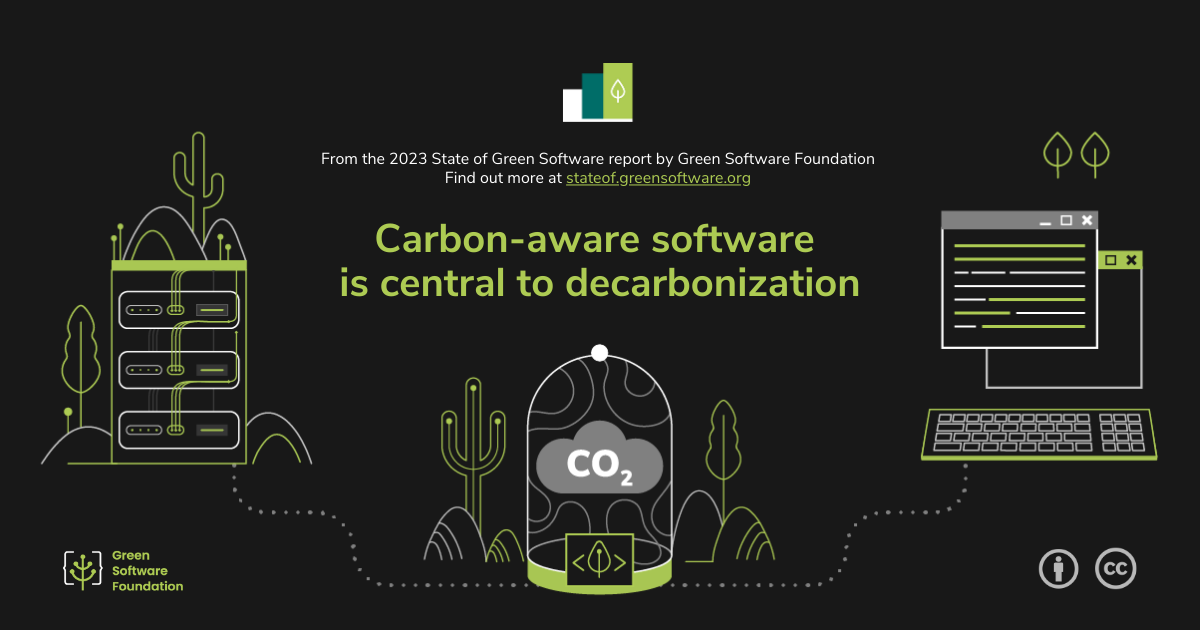Carbon-aware software is central to decarbonization
Carbon-aware software will likely be a growing field of practice. According to our survey, 8% of software practitioners told us they already create carbon-aware software, while another 46.23% of practitioners told us they wanted to implement carbon-aware software features. Carbon-aware solutions take into account not only the efficiency of software but also software in relation to geographic location and time of day. Through carbon-aware solutions, ML developers can schedule their training sessions for a time of day when the grid has more renewable energy available. The carbon intensity of the grid varies by time and location. They can also choose to use energy sources from locations with more renewables on the grid. Through telemetry, developers will be able to see the carbon cost of their training sessions. Google Cloud allows developers to “choose the location with the cleanest energy, further reducing the gross carbon footprint by 5x–10x.”
Carbon-aware features have been added to popular consumer goods such as Xbox. Now, similar to how Windows 11 is optimized to run updates at certain times of the day, Xbox consoles will optimize updates and downloads to be scheduled for when the console can use the most renewable energy.
On the Environmental Variables podcast episode with Dawn Nafus and Laura Watts, the researchers discuss the human side of carbon awareness: What social factors influence AI developers in the lab? And what organizational and infrastructural enablers would help them to schedule their trainings at optimal times of the day or to utilize energy sources in optimal locations? In addition to carbon-aware technologies themselves, making sure these technologies are widely adopted will be an important step in greening the ICT industry.
